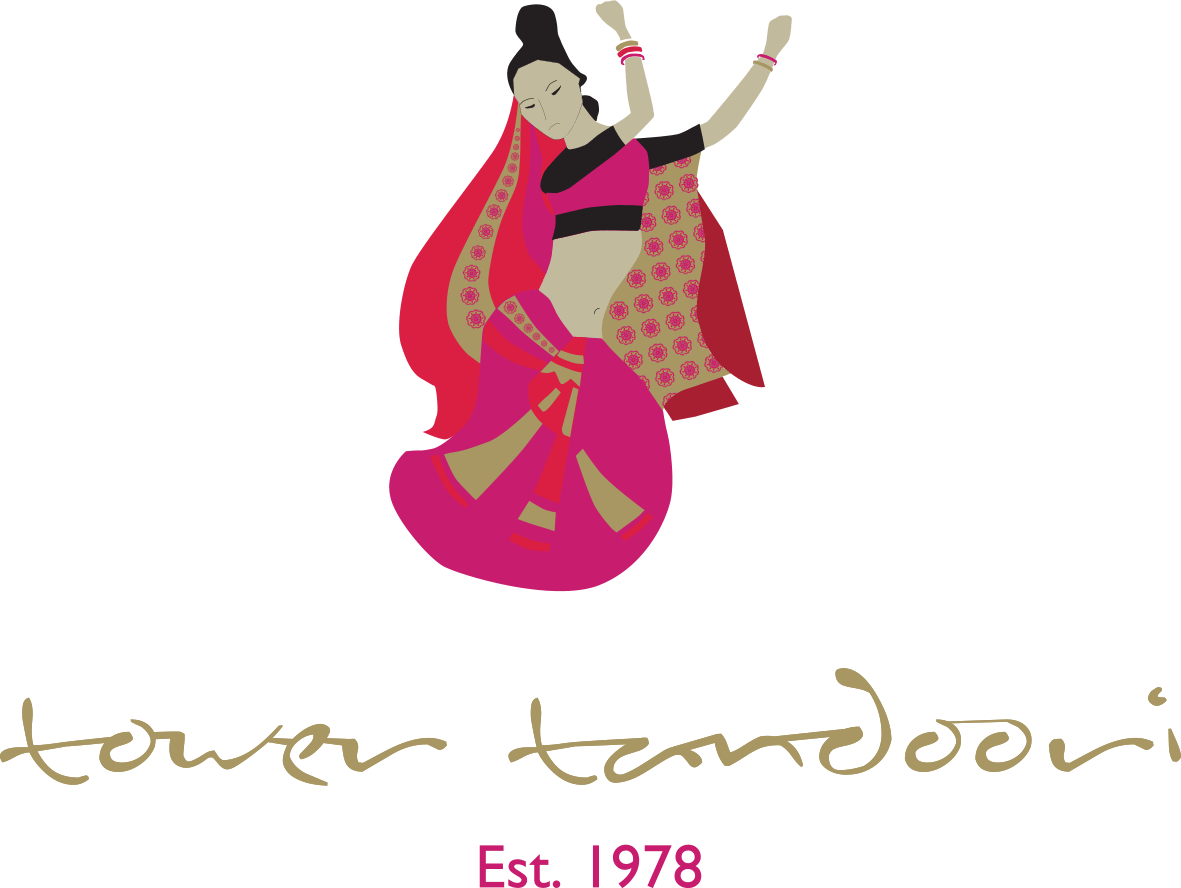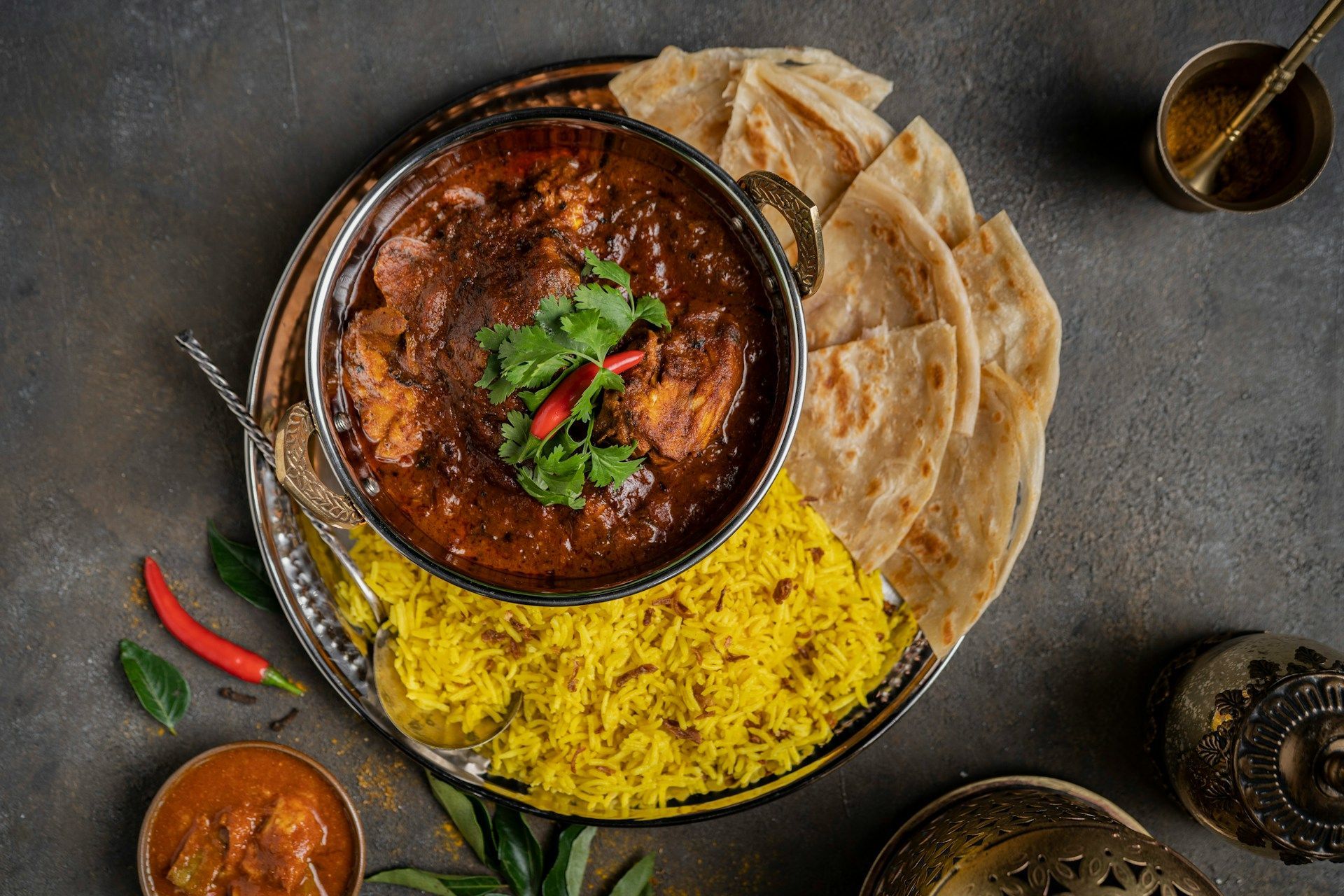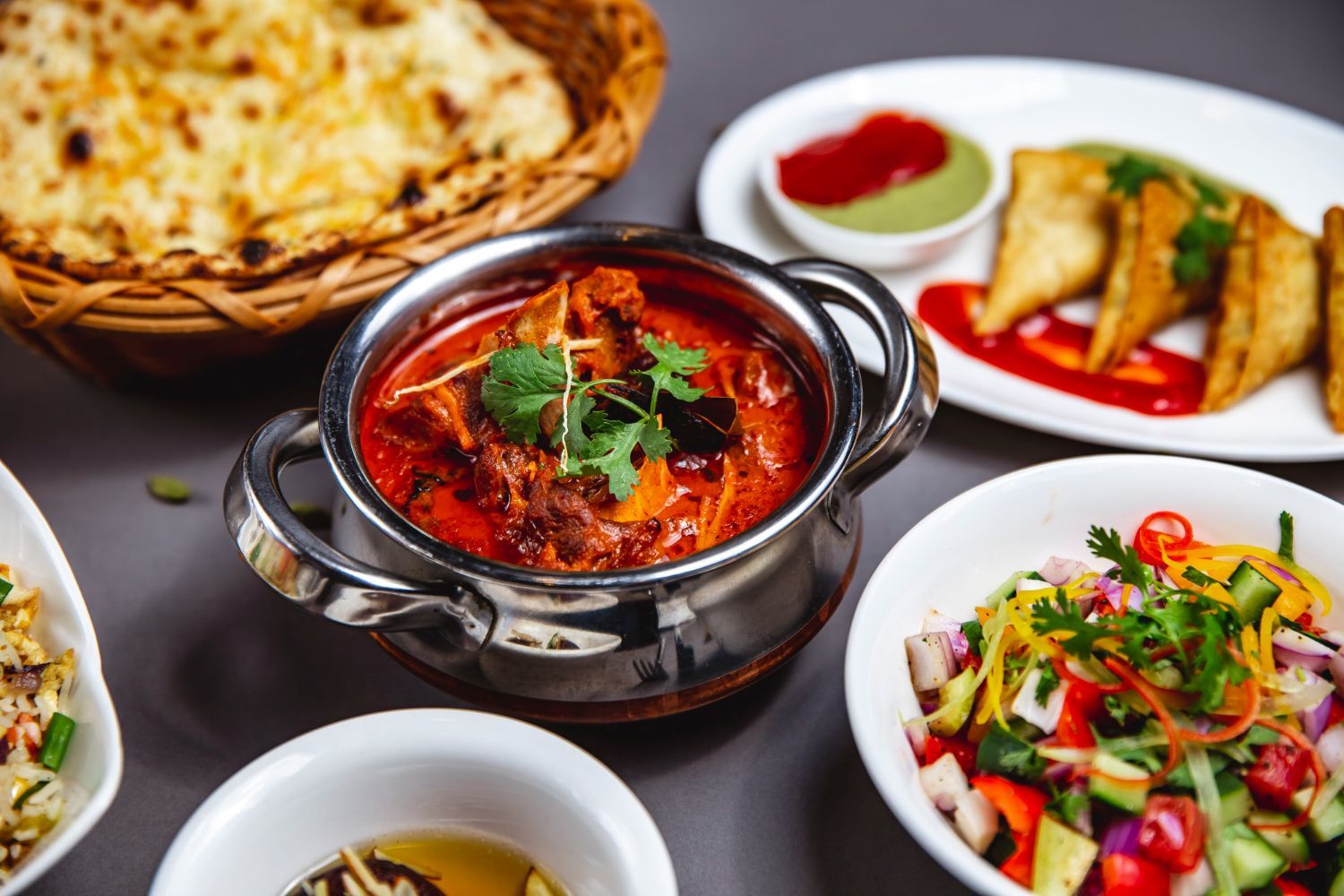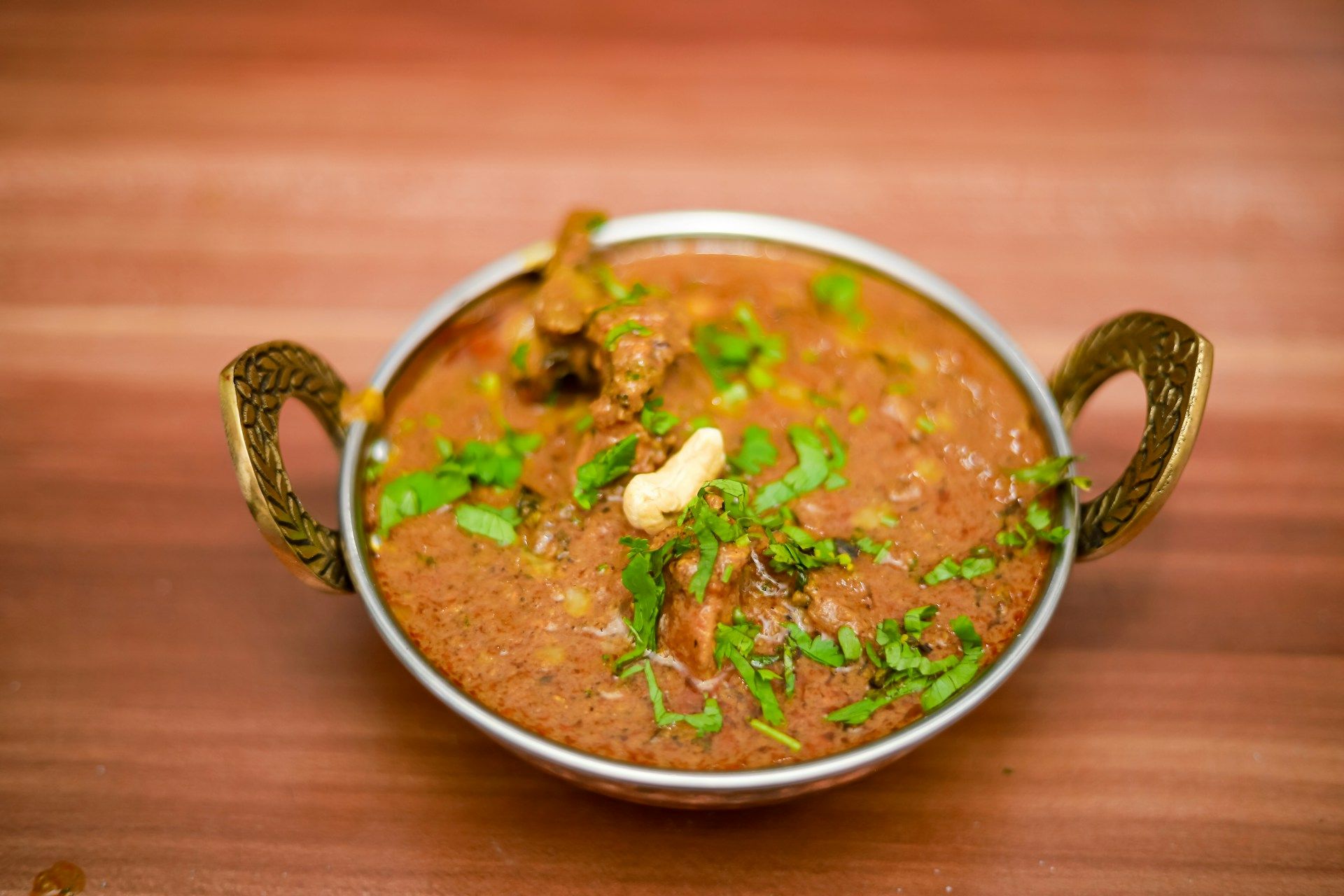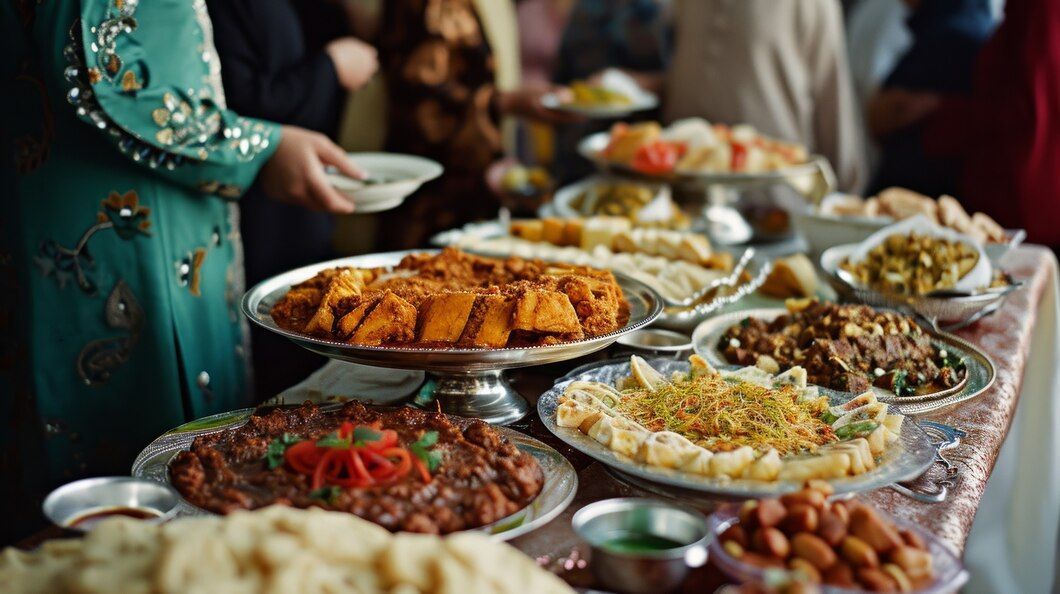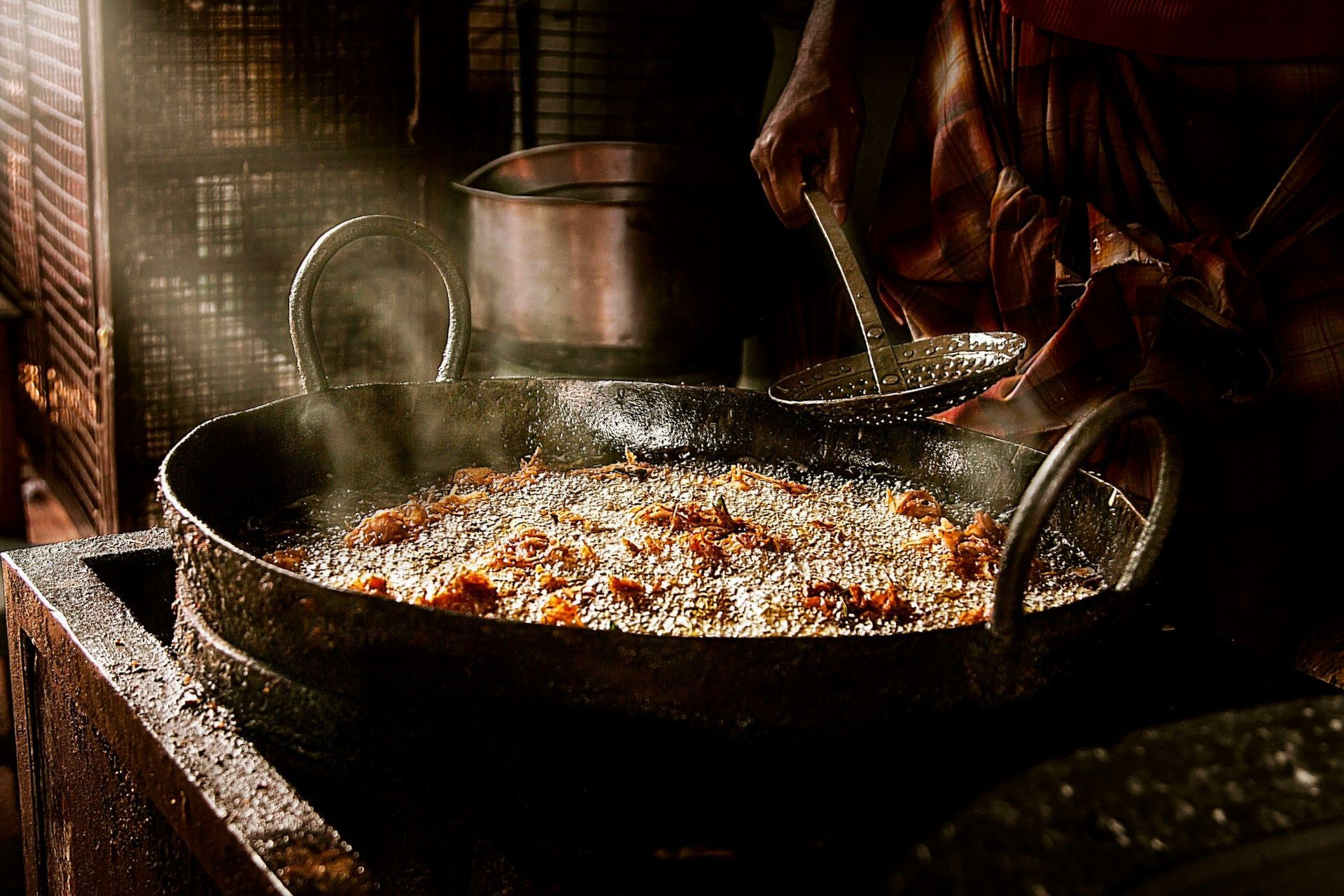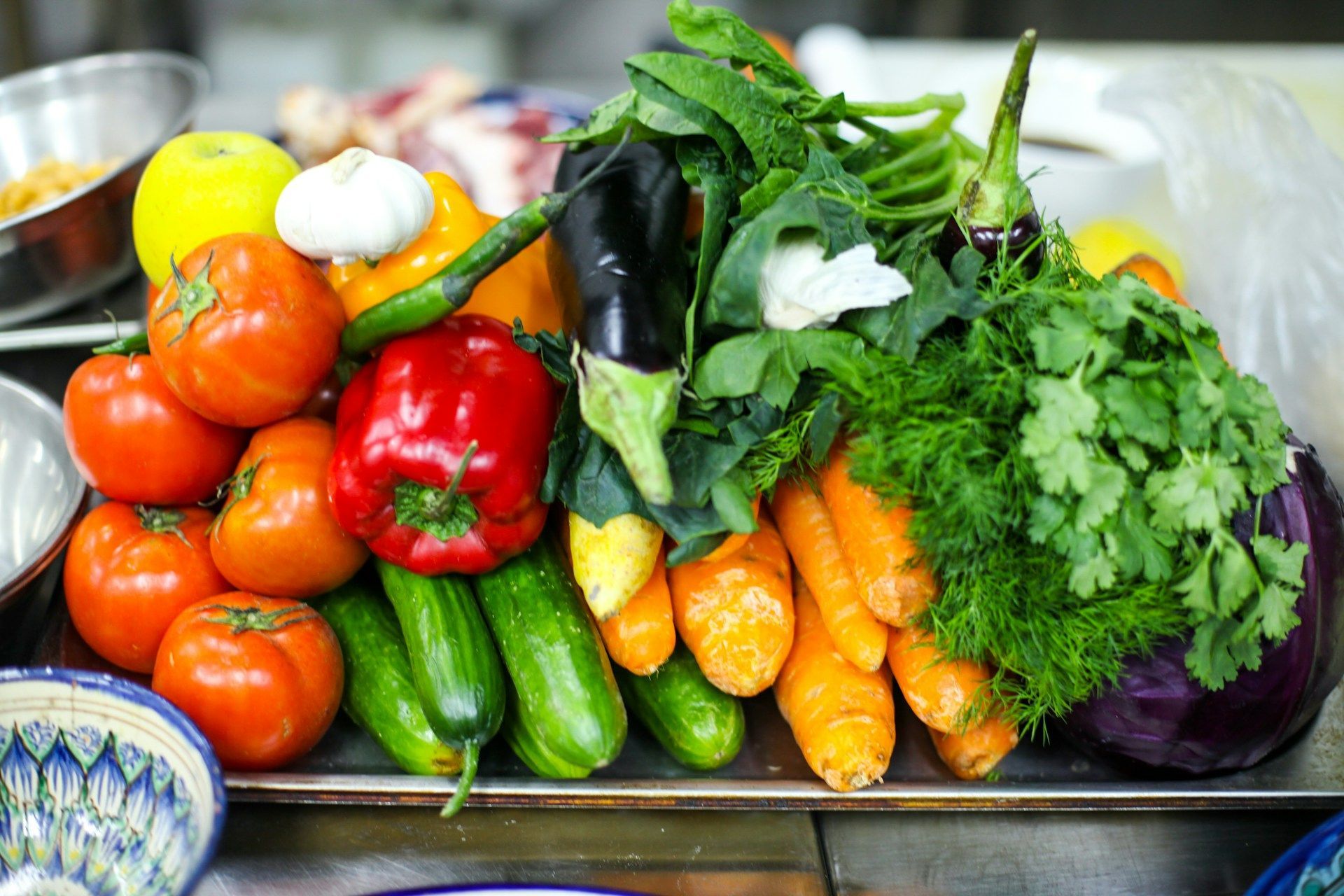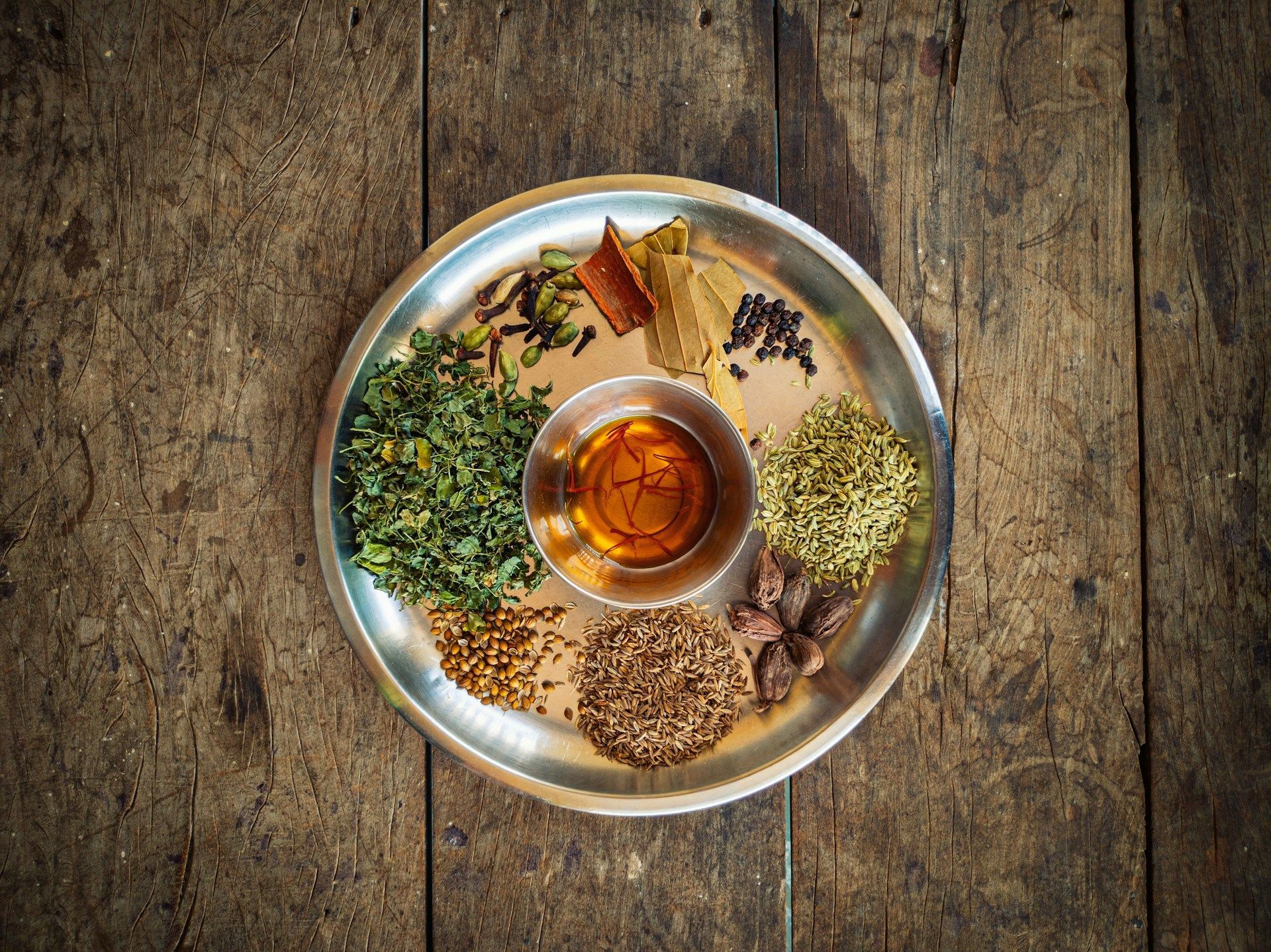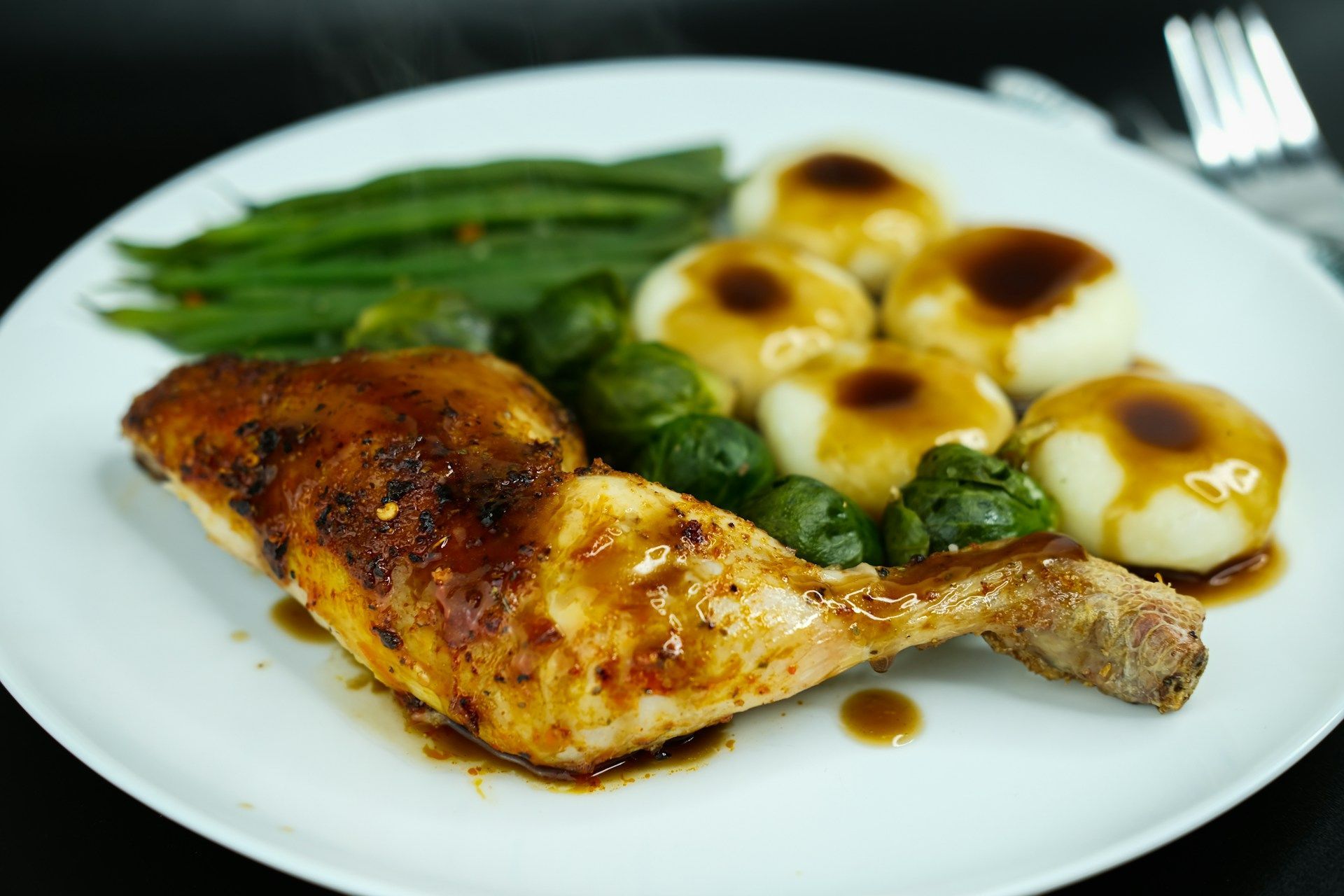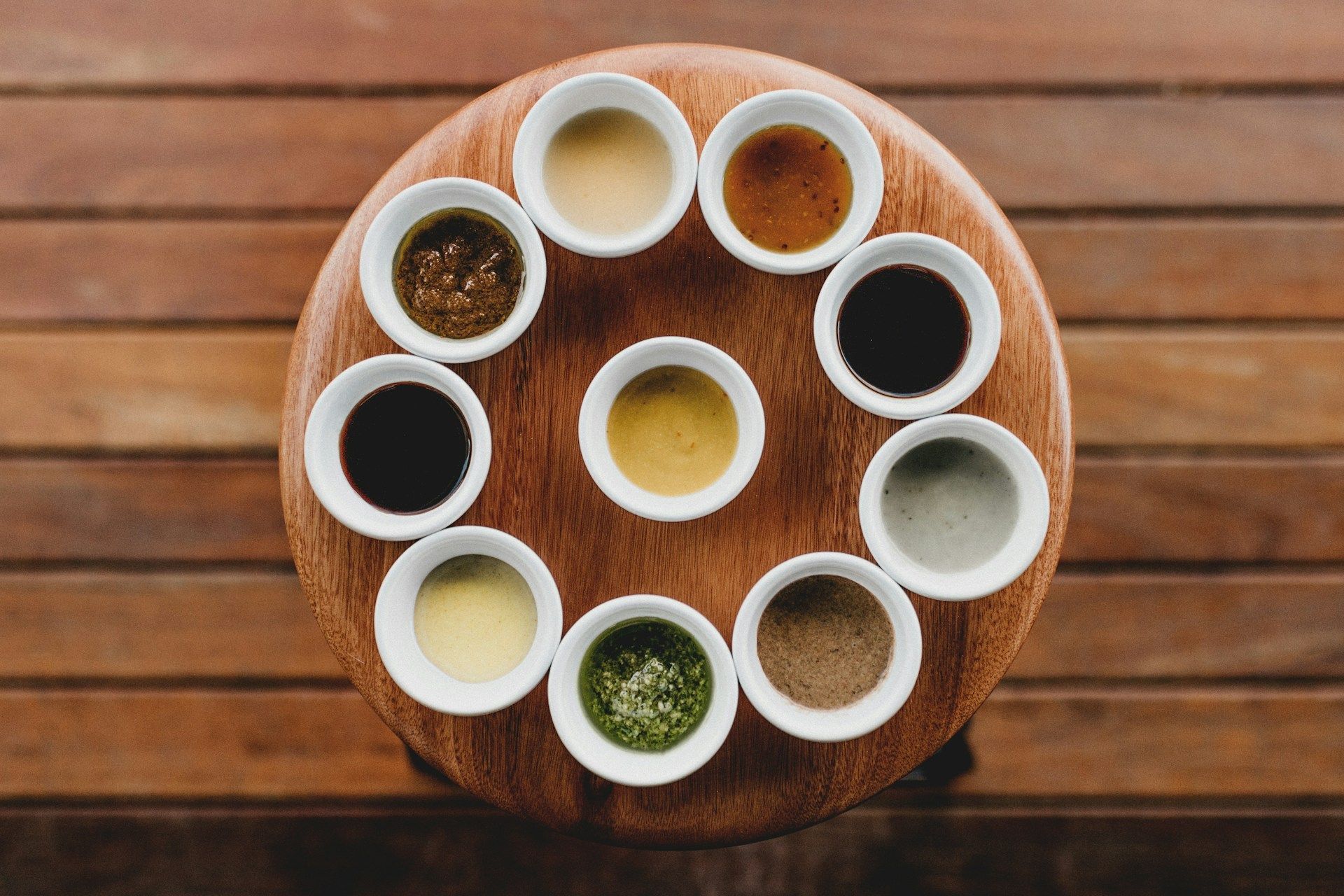Debunking Popular Myths about Indian Food
Indian cuisine is rich and varied, with each region boasting its unique dishes and flavours. However, some common misconceptions about Indian food prevent people from fully enjoying its deliciousness. Here are some of the most common myths about Indian food—debunked!
Myth #1: Indian Food Is Always Spicy
While it's true that some Indian dishes can be pretty spicy, not all of them are. In fact, many Indian dishes are relatively mild, with the spiciness level being adjustable to your preference.
The cuisine is incredibly diverse, and each Indian region has its own take on flavours and ingredients. So, if you're not a fan of spice, don't worry. There are plenty of delicious Indian dishes to choose from.
Myth #2: Indian Food Is Complicated to Make
Another common myth about Indian food is that it's complicated to make. While some Indian dishes can be time-consuming to prepare, there are also many simple and easy-to-make Indian recipes.
So, if you're short on time or not confident in your cooking skills, there's no need to worry—you can still enjoy delicious Indian food. Also, if you don’t want the hassle of cooking your own meals, why not order some from a local Indian restaurant?
Myth #3: Indian Food Is All Curry
Indian food is often stereotyped as being all curry. That is one of the biggest myths about Indian cuisine! In reality, there is so much more to Indian food than just curry. Curry is just one popular type of dish, and many other delicious and flavour-packed dishes make up India's vast and diversified cuisine.
Myth #4: Naan Means Indian Bread
It is a common misconception that Indian bread is just called naan. However, naan is just one type of Indian bread. There are varying types of Indian bread, all of which have different names.
Naan is a leavened bread traditionally made in a tandoor or clay oven. It is soft and fluffy and often has a slightly charred flavour. It is typically served with curries and other Indian dishes.
Chapati, paratha, and roti are other types of Indian bread made from whole wheat flour and are usually unleavened. They are often cooked on a griddle and served with curries and other dishes.
There are many other types of Indian bread, all of which have different names. So, next time you're in an Indian restaurant, don't be afraid to ask what type of bread they have available.
Myth 5: Eating Street Food in India Can Make You Sick
There’s a popular notion that street food in India is often cooked in unhygienic conditions and can be contaminated with bacteria. However, this is not always the case.
Many street food vendors in India cook their food in clean and hygienic conditions. Moreover, street food in India is often cooked fresh and is, therefore, less likely to be contaminated with bacteria.
If you’re planning to eat Indian street food, choose a vendor who cooks in clean and hygienic conditions. Also, pick a place that uses fresh ingredients and cooks in small batches.
Conclusion
One of the best things about Indian cuisine is that there is something for everyone. Whether you like your food spicy or mild, there is an Indian dish that will suit your taste buds. Indian food is also very versatile and can be made to fit any dietary restriction. Whether you are vegetarian, vegan, or have food allergies, there are still plenty of Indian dishes you can enjoy.
So, the next time you're in the mood for Indian food, don't think about these misconceptions and enjoy exploring their food. Feel like eating Indian food now? Tower Tandoori is where you can find the
best Indian food in London. We are also the oldest Indian restaurant serving authentic delicacies in the city. Visit us!
